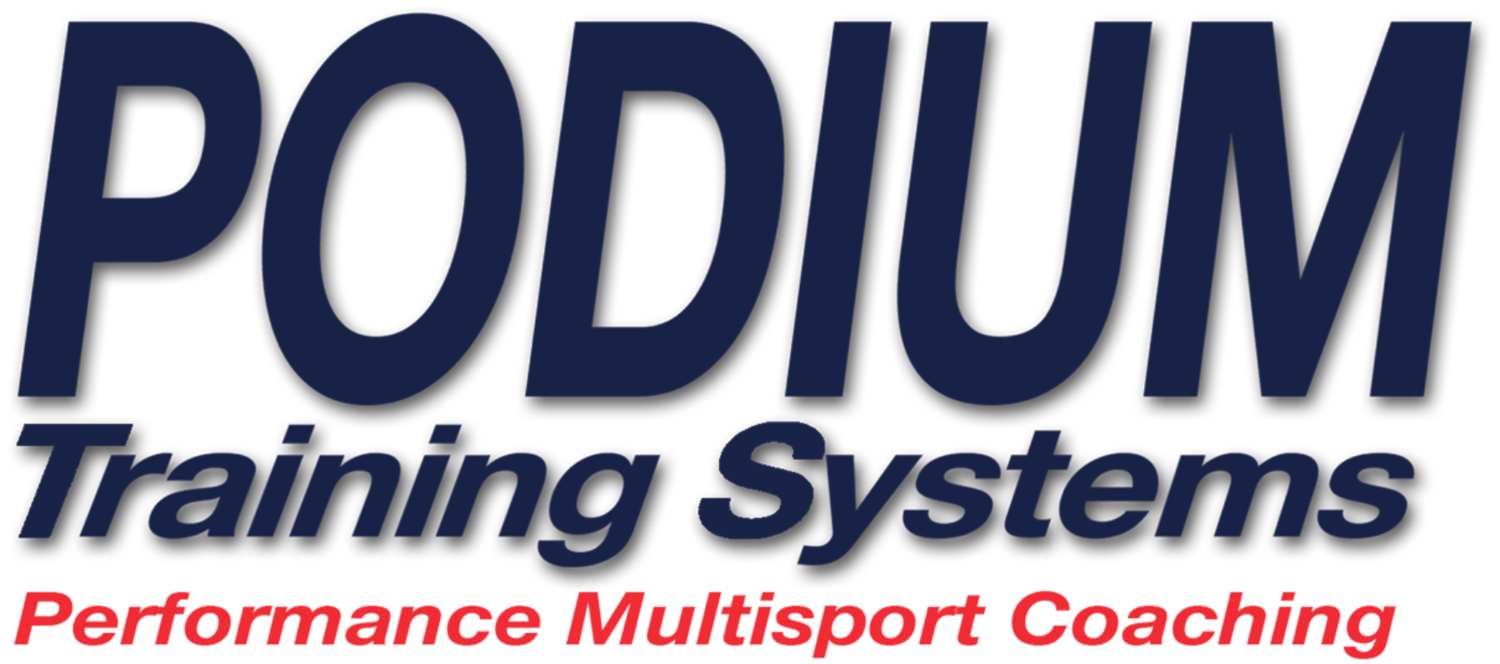I've heard many a triathlon coach tell their athletes that reducing their stroke rate in their swim is one of the telltale benchmarks of swimming improvement. It can be. But it's not that simple. And all too often I've witnessed these coaches focus so much on reducing the number of strokes their athlete takes per length in training that they neglect to consider their distance per stroke, pace, and the overall impact of a low stroke rate in an open water setting
You can't talk about stroke rate without looking at distance per stroke. Period.
A low stroke rate is usually indicative of a long glide phase in the front-quadrant of the stroke. Having a low stroke rate and a long glide phase isn't always beneficial in the sport of triathlon when you're in the open water. Remember, unlike in a pool setting a swimmer deals with cavitation of water in front of them from other swimmers. This water is moving "quicker" than water that is located a little deeper. The goal to a good catch in swimming is to "find water" that isn't moving (or isn't moving as quickly as you are). This is more difficult in open water due to, amongst other things, other swimmers around the athlete.
Before I continue further, let's define distance per stroke, and stroke rate as simply as possible:
- Distance Per Stroke: How far you go, or have gone, every time your hand enters the water.
- Stroke Rate: How fast you turn your arms over and have a hand enter the water.
The two of these factors, combined with proper mechanics and an efficient pull, help determine ones pace in the water. And let's not confuse stroke rate with a stroke cycle. We're keeping it simple here and focusing on stroke rate.
Now, allow me to sum up how to look at distance per stroke and stroke rate (which moving forward I'll refer to as DPS, and SR) in an easy to understand relationship (borrowed from swim coach Jonty Skinner):
- In regards to SR: A .03 second increase, per stroke cycle, over 50 meters and you can potentially see up to a .4 second improvement. Over 200 meters this could yield up to 1.5 seconds. Depending on the number of strokes taken and assuming the DPS does not decrease.
- In regards to DPS: A 1 inch improvement and you can expect almost the same relative impact. That is to say, potentially, up to a .4 second gain per 50 meters or up to 1.5 seconds over 200 meters depending, again, on the number of strokes taken and assuming the SR stays consistent.
And finally: A really fast SR (where the swimmer is just thrashing their way though the water) almost always yields a minimal DPS and a slow swim. And a really slow SR almost always yields a slow swim.
There's a huge potential for time savings here and on paper this looks to be a very simple improvement to make. But these changes don't come easily. It's a combination of DPS, SR, cardio load, form and mechanics - they all come into play. It's up to your coach to take EVERYTHING into consideration, find limiters, provide the tools for remediation, and increase the performance of the athlete.
So how does one look at and measure stroke rate and distance per stroke? Your coach should be your first source for assistance. Or contact us and we can discuss the best approach for looking at this critical relationship. Remember, having an efficient and effective stroke is the first step in improving your open water swim.

